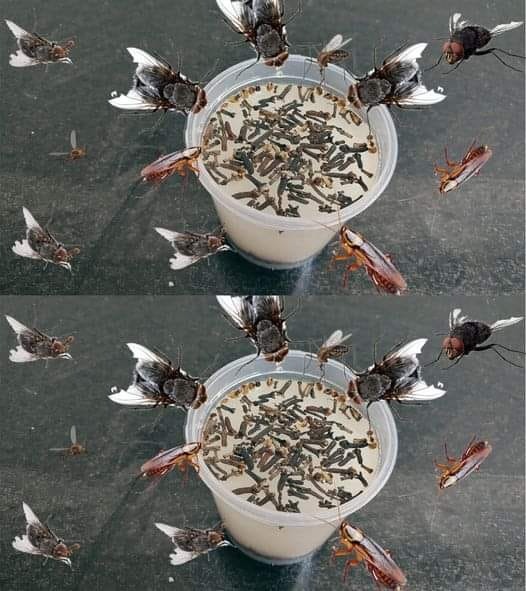On the other hand, if the PLU code begins with the number "8," it indicates that the fruit has been genetically modified (GM). However, it's important to note that these GM PLU codes are rarely used, as there is little consumer demand for genetically modified produce, and many retailers choose not to carry such items.
Beyond their role in identifying the type of produce, PLU codes can also provide valuable insights into the origins of the fruit. Some retailers use additional digits or letters in the PLU code to denote specific varieties or growing regions. For example, a "9" followed by a "3" might indicate that the organic apple you're holding is a Fuji variety, while a "9" followed by a "4" might signify that it was grown in Washington state.
Moreover, the stickers on fruit can serve as a tool for consumers to make informed choices about their purchases. By understanding the meaning behind the numbers, shoppers can easily identify organic options, support local growers, or avoid genetically modified produce if they so desire.
But the significance of fruit stickers doesn't end there. In recent years, there has been growing interest in sustainability and eco-conscious consumption. As a result, some fruit stickers now feature additional information, such as QR codes or website URLs, that allow consumers to learn more about the environmental impact of their food choices. These initiatives aim to promote transparency in the food system and empower consumers to make decisions that align with their values.
In conclusion, the seemingly innocuous stickers on fruit carry a surprising amount of meaning. From identifying organic produce to providing insights into growing practices and origins, these tiny labels offer a window into the world of agriculture and food production. So, the next time you pick up an apple or a bunch of grapes, take a moment to appreciate the story behind the sticker—it's more than just a number!






